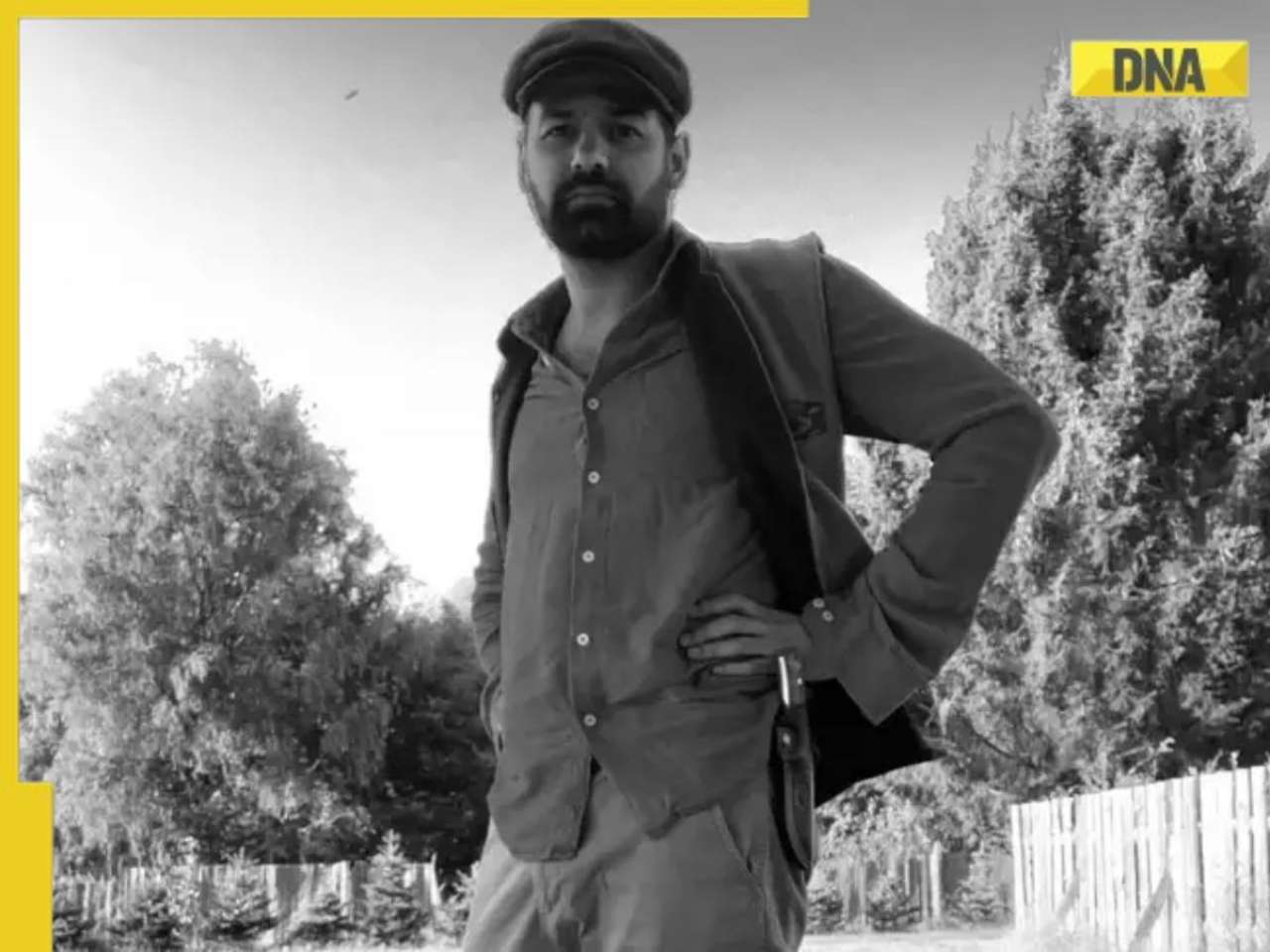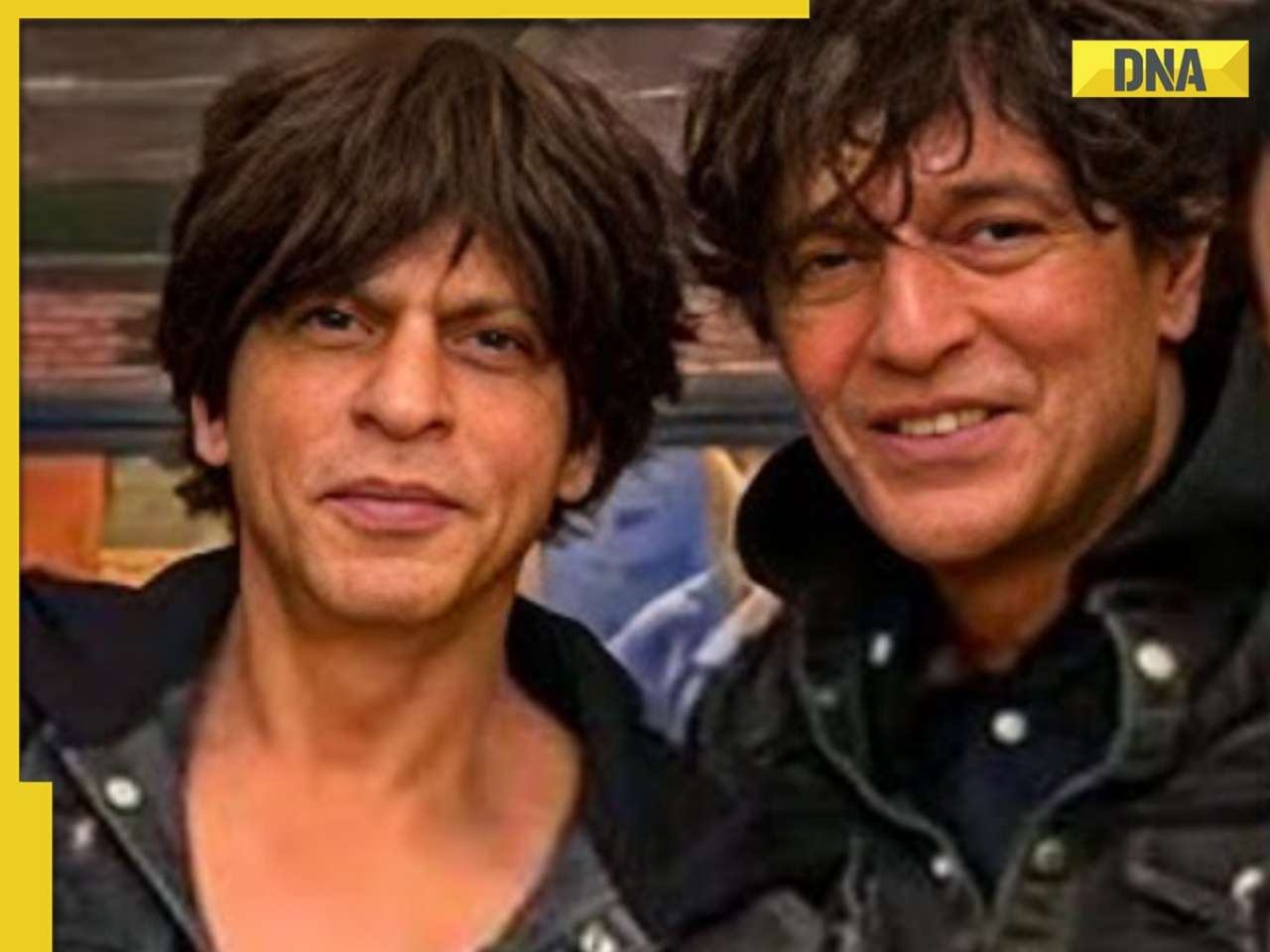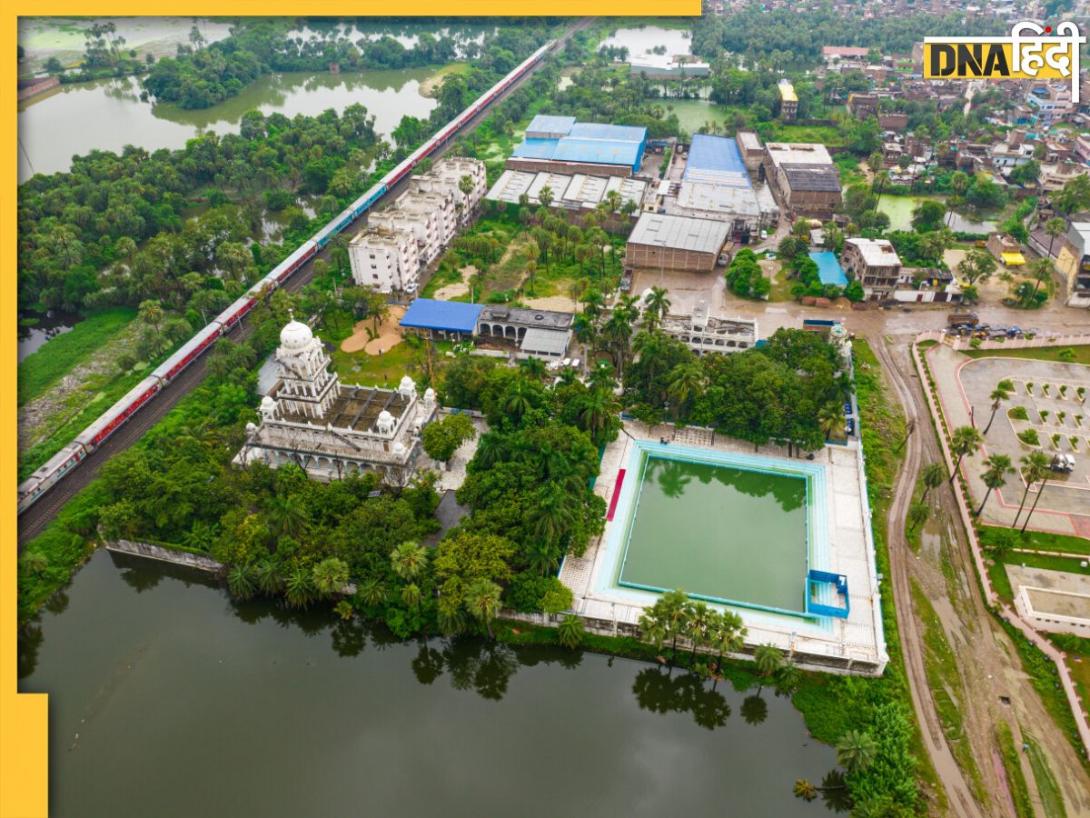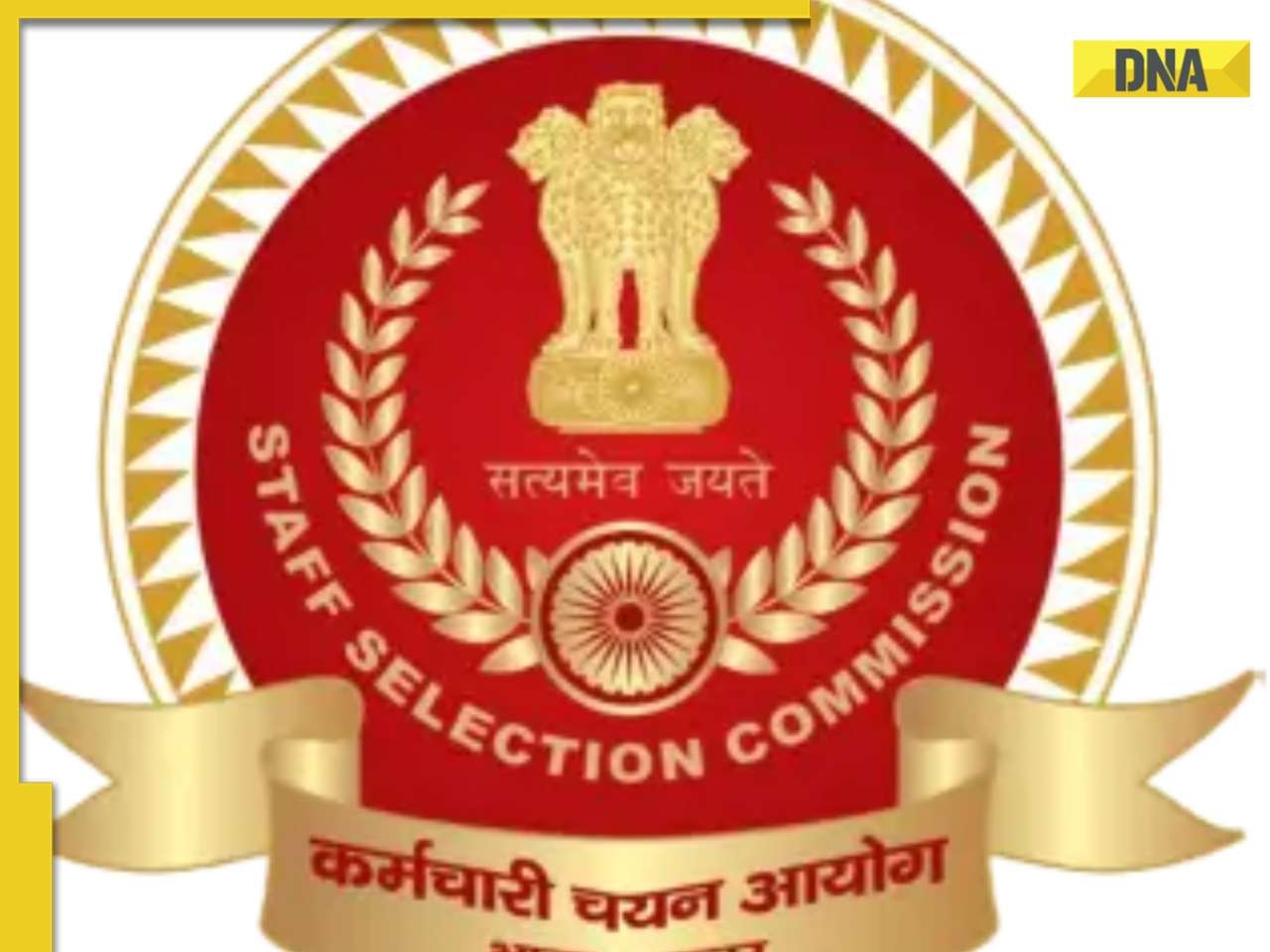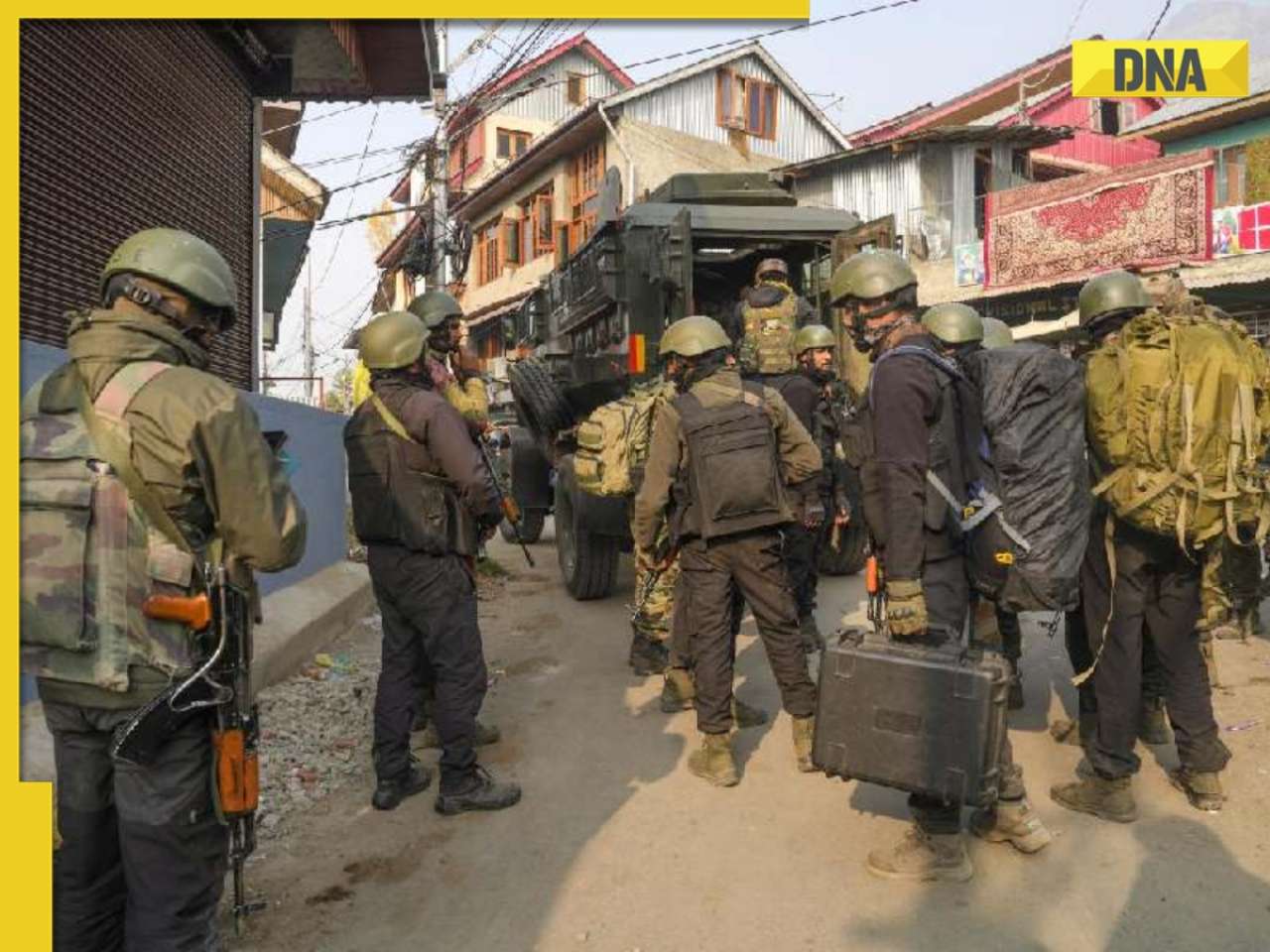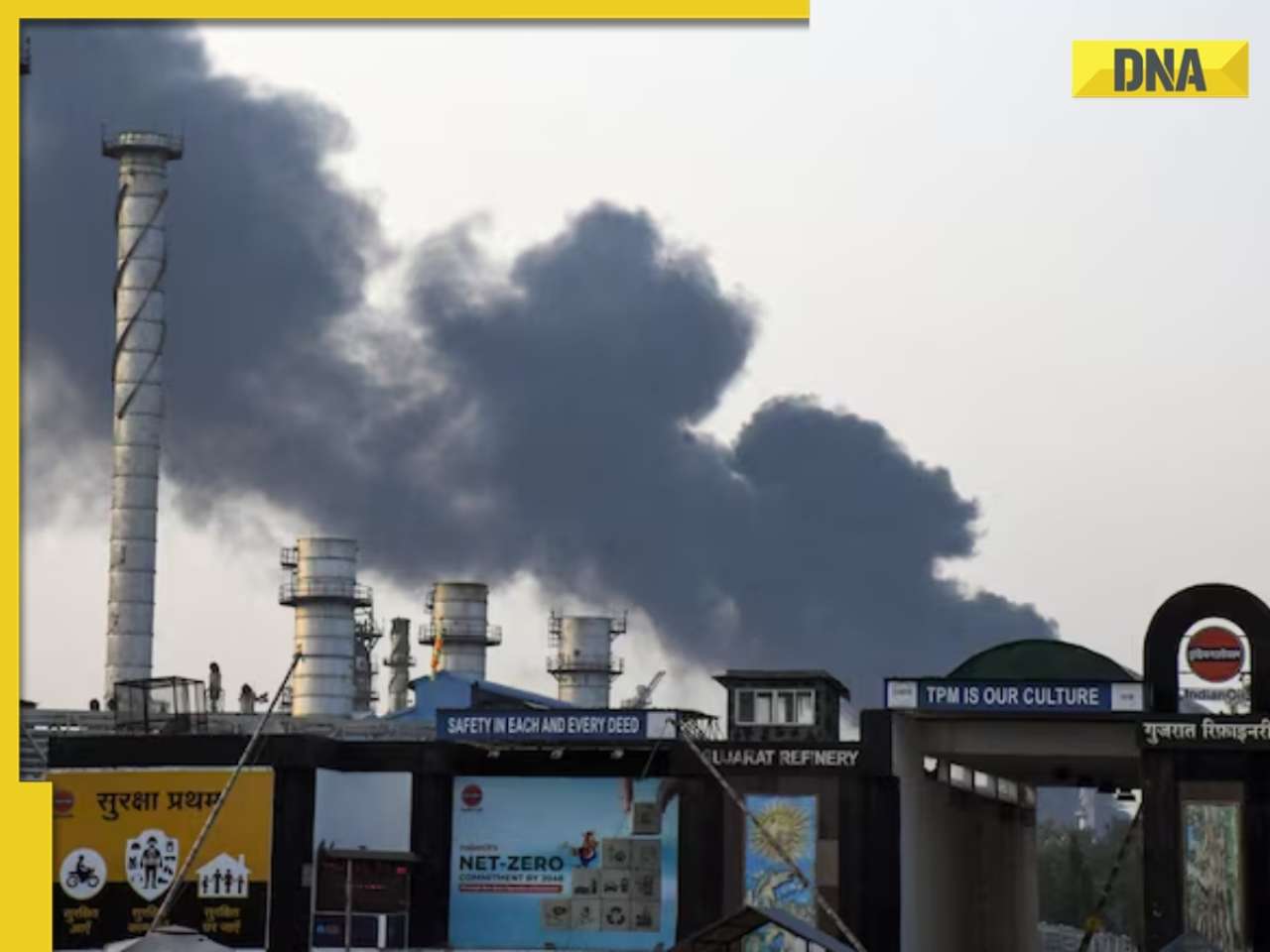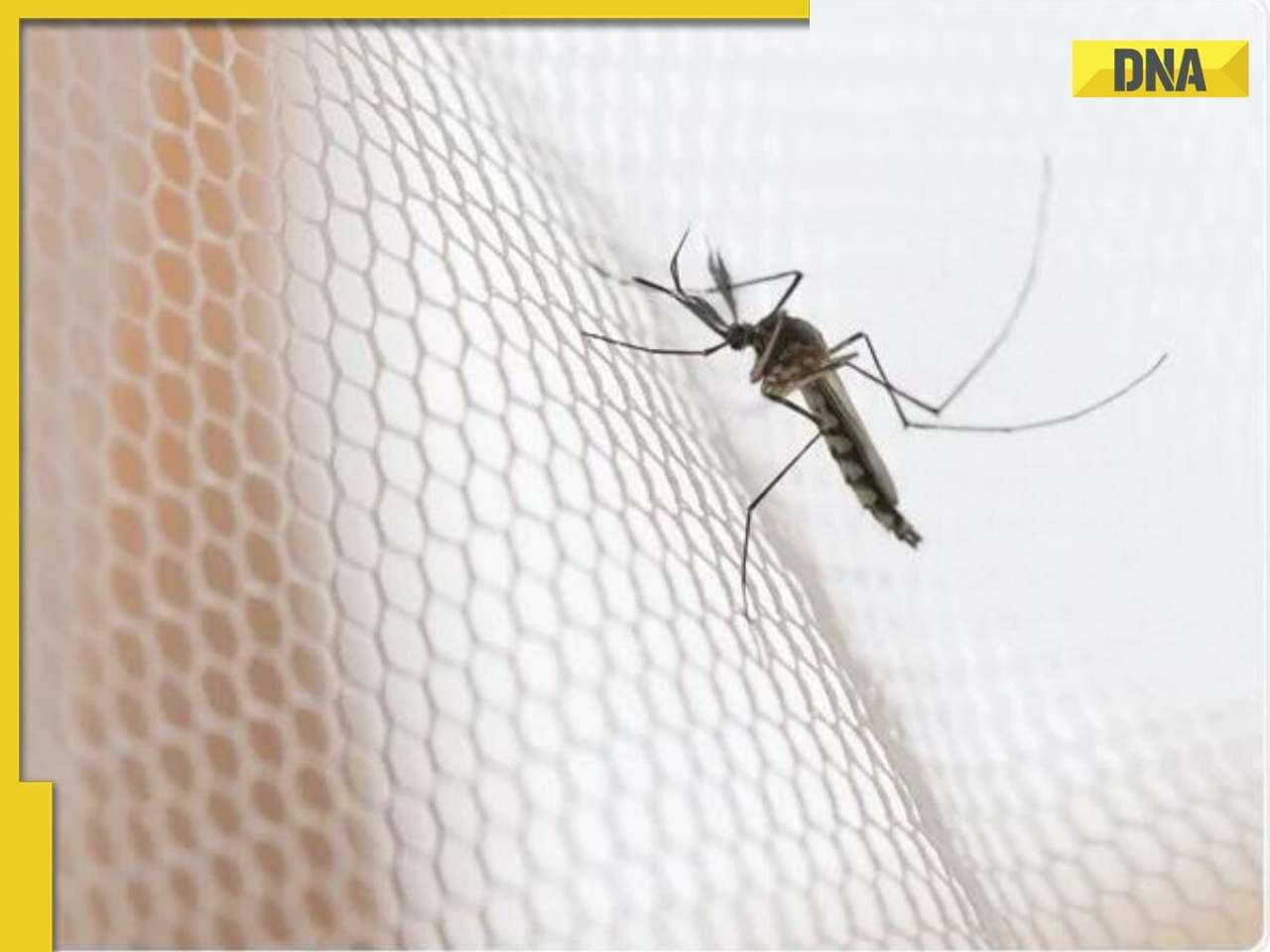- LATEST
- WEBSTORY
- TRENDING
MUMBAI
Nip, smog leaves Mumbai gasping for air
Doctors say the weather conditions are affecting the immune system and are making people prone to viral infections.
TRENDING NOW
Fluctuating temperatures and the resulting blanket of smog have resulted in a sharp rise in chest infections, children being the worst hit, while those who have been treated for bronchitis and other upper respiratory infection are repeatedly relapsing.
Dr Vijay Yewale, convenor of the civic body’s immunisation committee, said, “We are paying the price of urbanisation and industrialisation. With the fluctuating temperatures and high pollution levels, we are getting repetitive cases of respiratory ailments. Almost 20-25% patients who have been treated earlier this season are returning with the same symptoms.”
Doctors say the weather conditions are affecting the immune system and are making people prone to viral infections. “Children have hypersensitive airways and are thereby more prone to respiratory ailments,” Dr Yewale said.
Dr Jaising Phadtare, professor of pulmonary disease and intensivist at Grant Medical college, said, “The allergies are caused by two factors — rise and fall in temperature and pollution. People who inhale cold air experience constriction in the throat, nasal passage and the sound box. This leads to short breath, swelling of throat, sneezing, stuffy nose etc.”
Dr Phadtare added, “I see a lot of repeat cases, particularly because people develop resistance to antibiotics administered to them earlier. I advise taking anti-influenza vaccine every year and anti-pneumococcal (bacterial) vaccine every five years after consulting a physician. This will provide a fair amount of immunity.”
As per doctors, the most respiratory ailment cases have been reported in areas like Chembur, Bandra, Khar, Haji Ali, Worli and Byculla.
Phadtare said, “Pollutants are particularly high in places with lot of drains, like Bandra and Khar, or where there is industrial activity like in Chembur or where road work is on, like Haji Ali, Worli or Byculla.”
The 10 degree Celsius drop in night temperatures in the city in December, January and February creates a blanket of cold air over the city which prevents pollutants from factory chimneys, vehicular emission and incineration of garbage from rising up and dispersing. This process is known as inversion.
Smog can cause or aggravate health problems such as asthma, emphysema, chronic bronchitis and other respiratory problems, as well as eye irritation and reduced resistance to colds and lung infections.
Experts say pollution levels, which dip during the monsoon, are spiking again. A peak has been observed in the levels of the noxious sulphur dioxide and nitrogen dioxide in the last few weeks.d
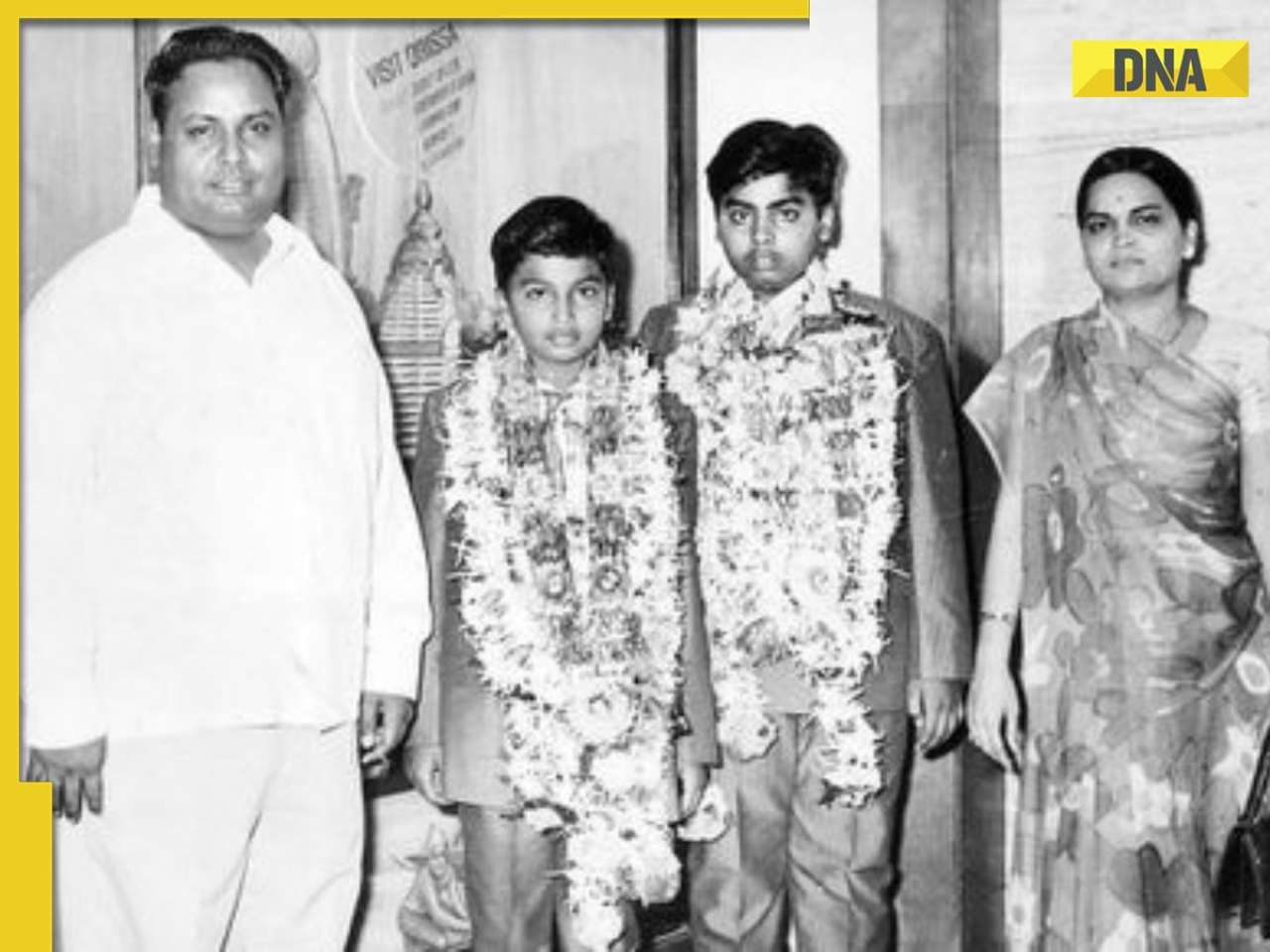







)
)
)
)
)
)
)
)
)
)
)
)
)
)
)























